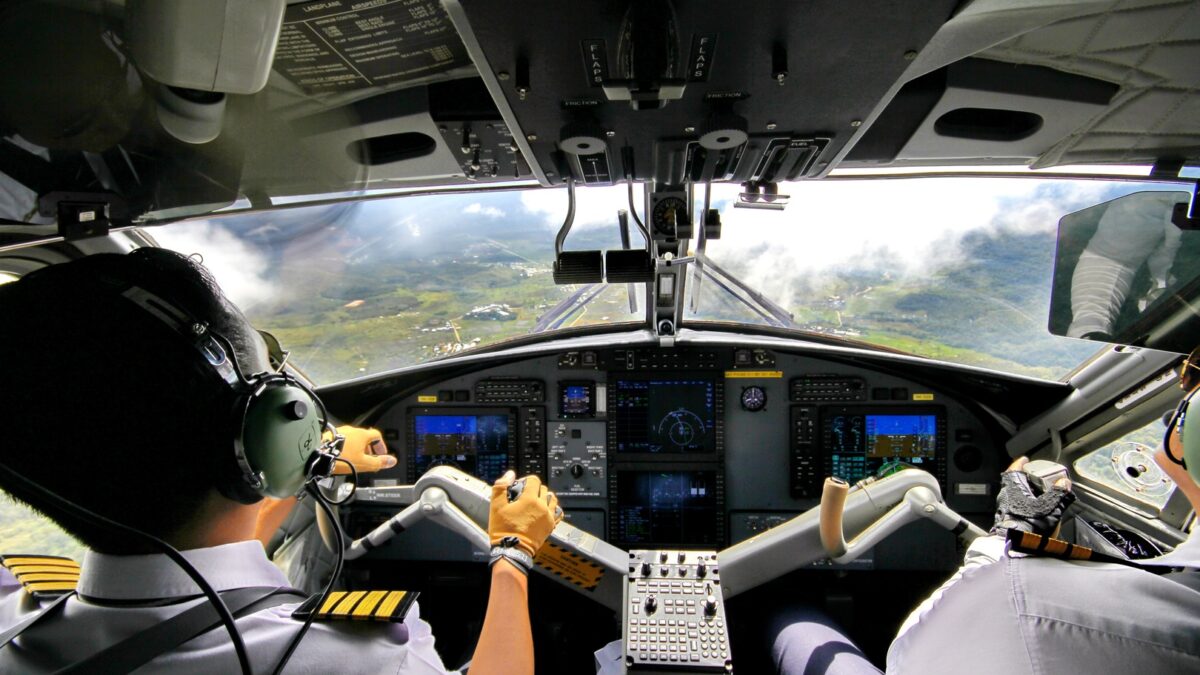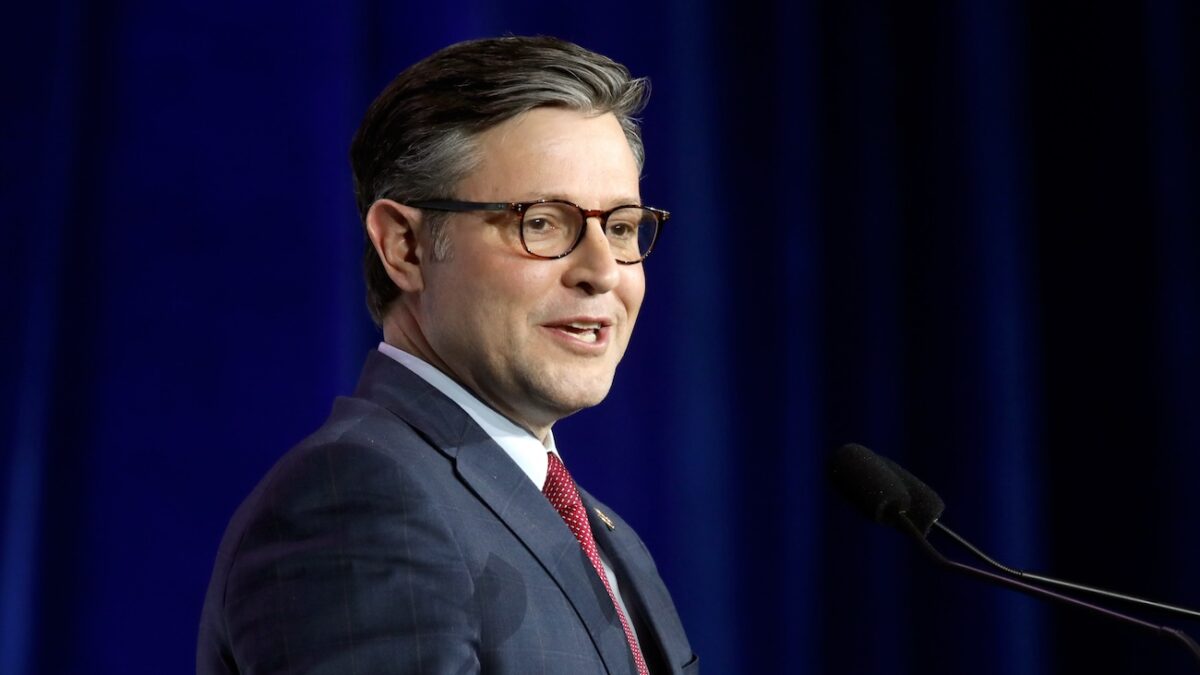More than 1,400 U.S. flights were canceled and over 17,000 were delayed over the July 4th holiday weekend, according to the flight-tracking website FlightAware. And in recent years, airlines including American, Delta, and United have ended or cut back service to large numbers of small and midsize cities across the country.
We are facing a massive pilot shortage and air travel is only going to get worse and it’s thanks to these three coalescing events: regulatory changes by Obama when he was president, vaccine mandates, and a large number of pilots who were forced to retire as airlines scrambled to stay afloat during the pandemic.
The mandatory retirement age for pilots is 65. It isn’t surprising that there would be a one size fits all arbitrary regulation on the age limit for pilots in a heavily regulated industry like flying. Many pilots received their training during the Vietnam war, and over the last decade, that bulge in pilots retired. Others were incentivized by early retirement packages airlines offered during the Covid collapse in travel demand (all while the airlines received $50 billion in taxpayer-funded pandemic relief money).
Some pilots also point to airline vaccine mandates as making it difficult to fill positions. There are other smaller problems, such as the Federal Aviation Administration (FAA) still requiring 10-day mandatory quarantine for pilots even though the CDC only recommends 5-days.
Yet, it is now much more difficult than it used to be to recruit new pilots. While people are discussing the large number of retirements and the vaccine mandate, the other regulatory changes are preventing the system from adjusting. When Obama took office, pilots needed 250 hours of flight experience to be licensed to fly U.S. passenger and cargo airplanes. But in 2010, Obama signed a six-fold increase into law — increasing the requisite number of hours to 1,500.
This regulation even required an additional 750 hours for pilots who received military training. It came at a time when Vietnam War-trained pilots were retiring in droves, creating a critical shortage of pilots.
These were massive changes, but the Democrats had the massive House and Senate majorities to enact them. The impetus for the new rule was the crash of Colgan Air Flight 3407 near Buffalo, New York, in February 2009. All 49 passengers and crew members were killed. Although commercial airplane crashes are exceedingly rare, the accident provoked cries for more safety regulations.
Had the 1,500-hour rule been in place in February 2009, Flight 3407 still would have crashed. Pilot Marvin Renslow had 3,379 hours of flight experience. Co-pilot Rebecca Lynne Shaw had over 2,200 hours, including 772 hours spent flying the type of plane that crashed.
Incompetence, not lack of training, was the real problem with the Colgan Air crash. When a stall warning went off in the cockpit, Captain Renslow raised the plane’s nose, which is the opposite of what pilots are trained to do. Renslow had failed five “check ride” proficiency tests conducted in cockpits or simulators.
One safety expert at the National Transportation Safety Board observed, “It does raise a flag when you see five.” Renslow apparently didn’t tell Colgan Air about the three check rides that he had failed before being hired, and the FAA does not make such failures public.
Those three failures probably would have kept Renslow from being hired. After he failed two more tests, Colgan had to have known that Renslow was one of their weaker pilots. But Renslow enjoyed the powerful protection of the pilots’ union. Nothing was done to curb the union’s power.
The costs of the new training requirements are massive, and prospective pilots generally have to foot the bill themselves. The first 250 hours are supervised by a flight instructor and cost about $200 per hour. The next 1,250 hours of training don’t require an instructor, but they still cost at least $150 per hour in a single-engine plane. The total cost, then, for single-engine training is about $237,500. The cost of training in a multi-engine aircraft is higher still. There’s no limit yet on how much someone can train in a single week, but it normally takes a couple of years to get the required hours.
How flight students are supposed to finance this additional training is anyone’s guess. Airlines are reluctant to train pilots, since they may leave for another airline after getting their hours. But some airlines have no other choice.
The Obama administration also imposed strict limits on the number of hours that licensed pilots can fly (in any 365-day period, they can’t fly more than an average of 2.7 hours per day), making it still more difficult to find pilots for the tens of thousands of flights that are made each day. It doesn’t help that thousands of Baby Boomer pilots are starting to reach the mandatory retirement age of sixty-five.
Roger Cohen, president of the Regional Airline Association, warned: “Absent a game-changing shift in the supply of trained aviation professionals, particularly pilots, communities even larger than Wichita — and certainly those smaller — are in jeopardy of losing some, if not all, of their scheduled flights. This could cut off communities from today’s global economy, where airline service is as important as an Internet connection.”
Who are the obvious beneficiaries of these new training requirements? Licensed airline pilots. Salaries will rise as airlines compete with each other for a small number of pilots. The regulation was meant to please a union, but it came at the expense of all American air travelers. Flights would be cheaper and more abundant, especially for smaller markets, if not for the 2010 rule.
People are suggesting obvious solutions to the pilot shortages. Some recommend removing the vaccine mandate, and others suggest more flexibility for older pilots rather than a strict age rule. One possibility for older pilots is to have a competency test. But at this point, we have to seriously consider returning the training requirements to what they were just twelve years ago.
While people are stranded at airports and directing their anger at flight attendants and staff, their anger should really be directed elsewhere.









